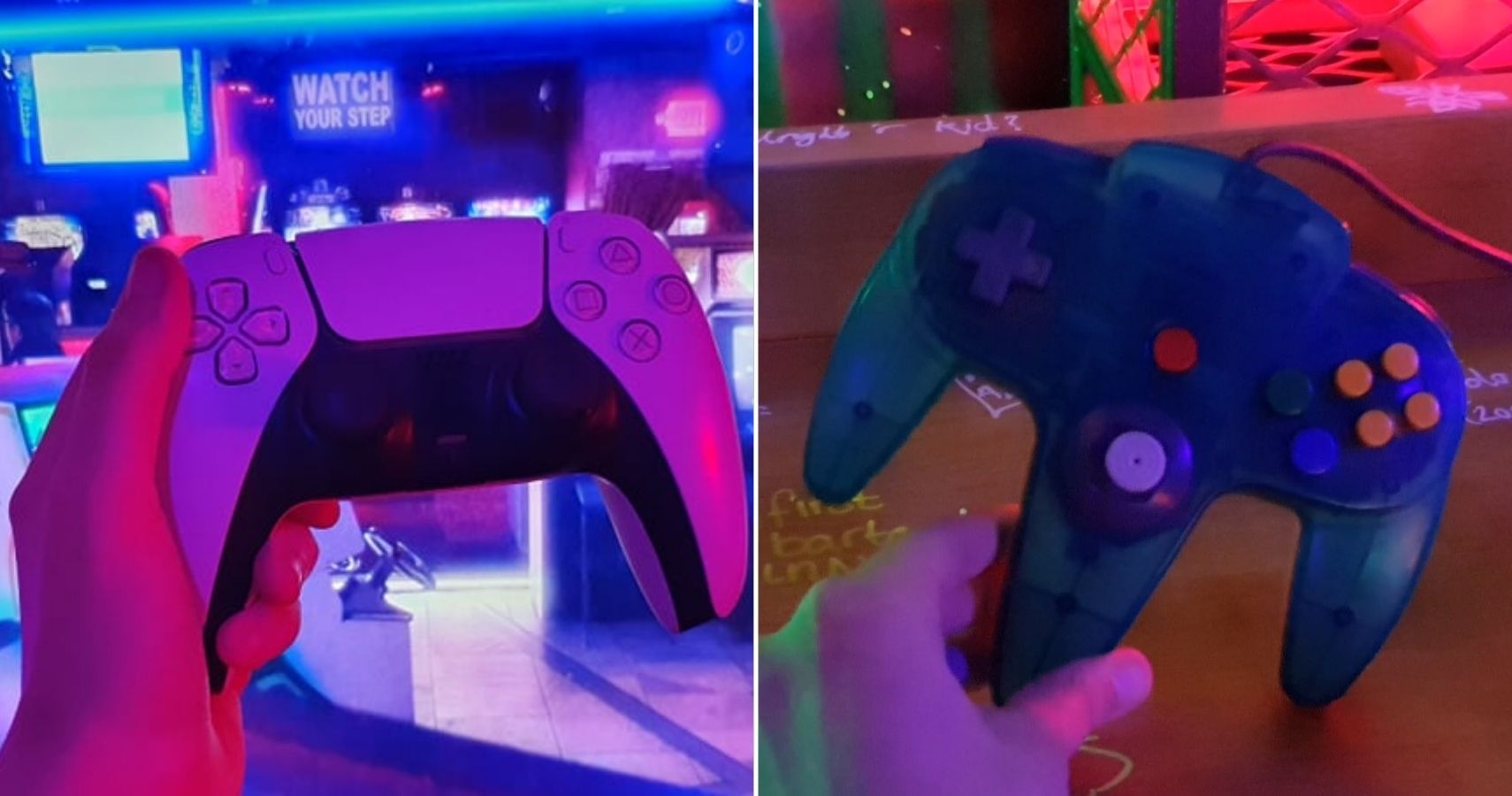
Behind every good game is a good controller. The movement, the feel, and the memories made behind it make controllers a core, yet often overlooked, part of every gaming experience.
RELATED: Controllers That Are A Joy To Game With (& That Are A Nightmare)
A controller can transport players to a brand new world, giving them the freedom to explore their favorite games. Every controller brings something different to the table, be it a unique design or various features. Everyone has their favored controller and with so many to choose from, there's a lot to like about each one of them. These official controllers each have something that makes them stand out, but which of them rank as the best of the bunch?
37 Virtual Boy
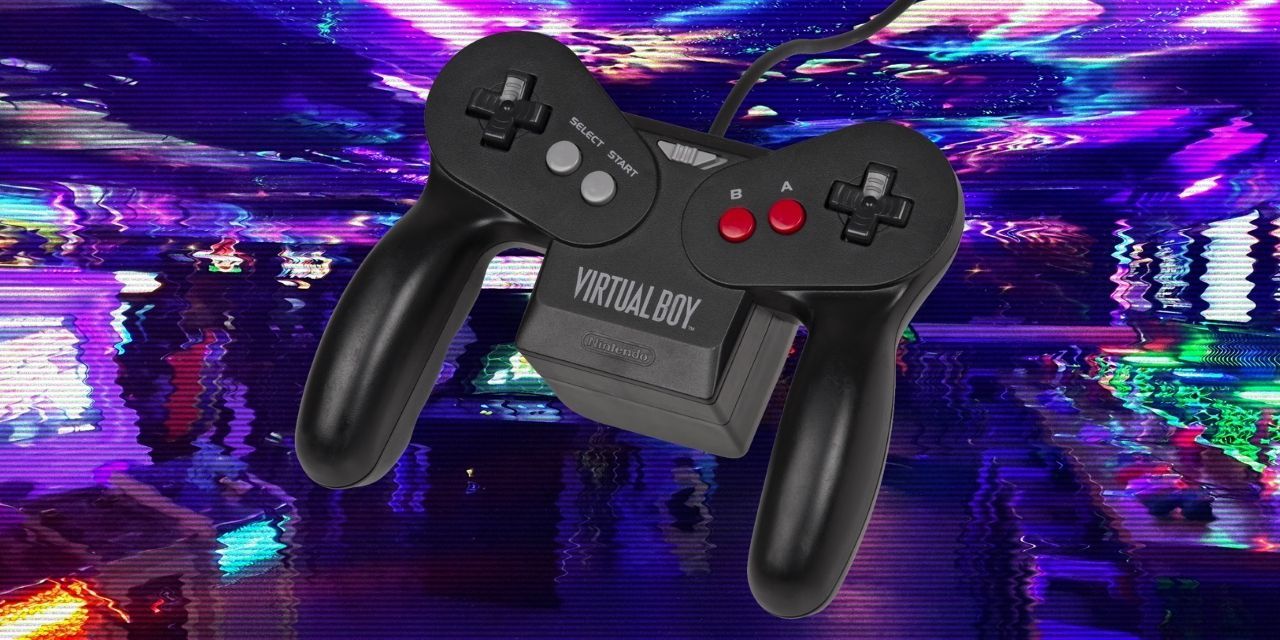
The Virtual Boy controller marks a dark time in Nintendo controller design. Its directional pads' steep inward slope, battery-dependent power, and awkward shape led to a poor user experience. Not to mention, controlling a character in a 3D space with two D-Pads was just painful.
36 SEGA Toylet
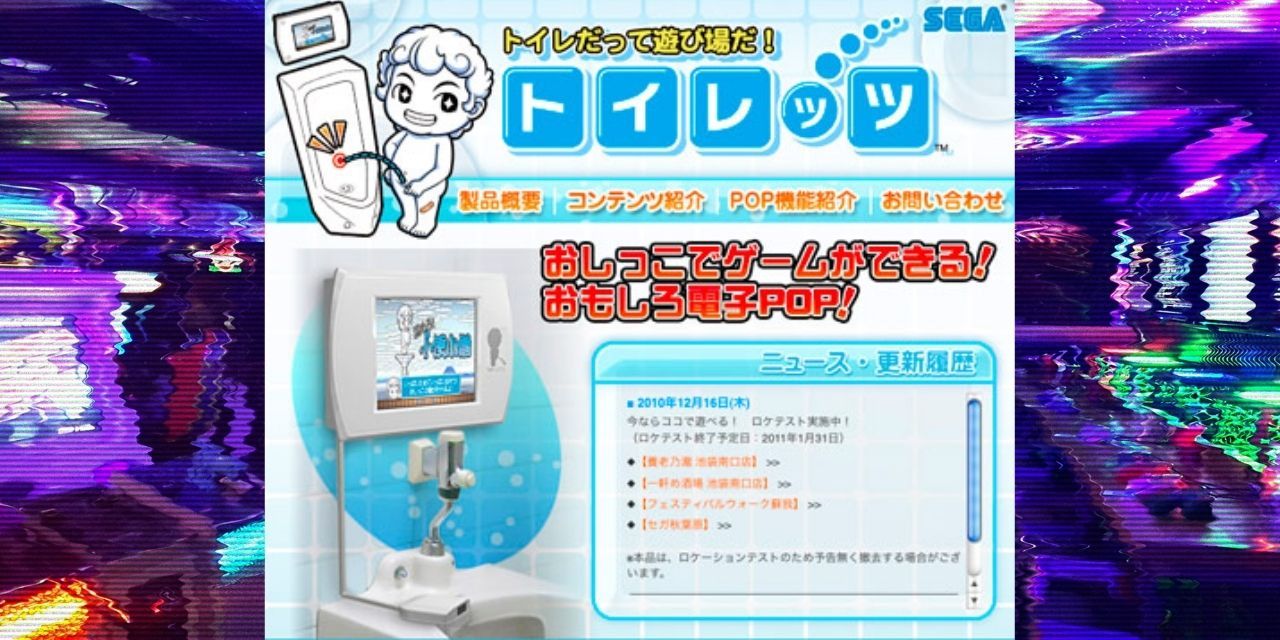
The SEGA Toylet is… Exactly what it sounds like. It’s an interactive urinal that worked with four games, controlled by the strength of flow and volume of urine. It could be found around public bathrooms in Tokyo. It was unique, but ultimately… It’s a toilet.
35 Magnavox Odyssey
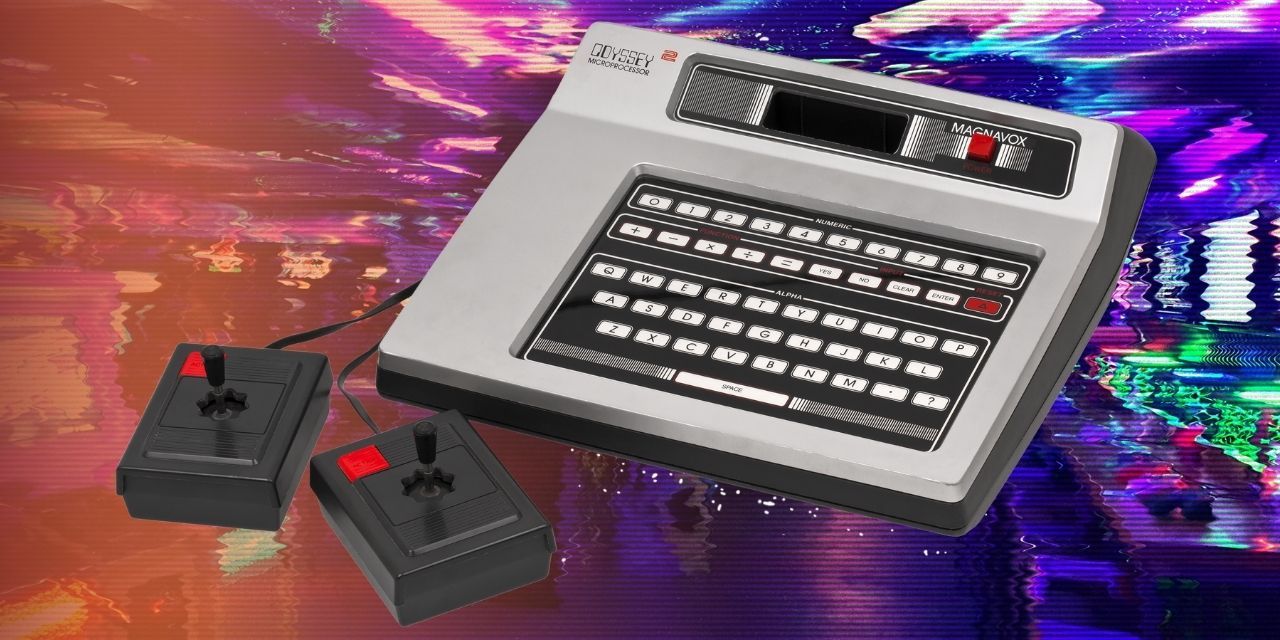
The first commercial home video game console, the Magnavox Odyssey, brought the arcade to the sofa in September 1972. The console came with two blocky controllers with a round dial on both sides which controlled horizontal and vertical movement. It was a strong foundation for the future of gaming consoles. However, understandably, it does not hold up to modern standards.
34 Xbox controller
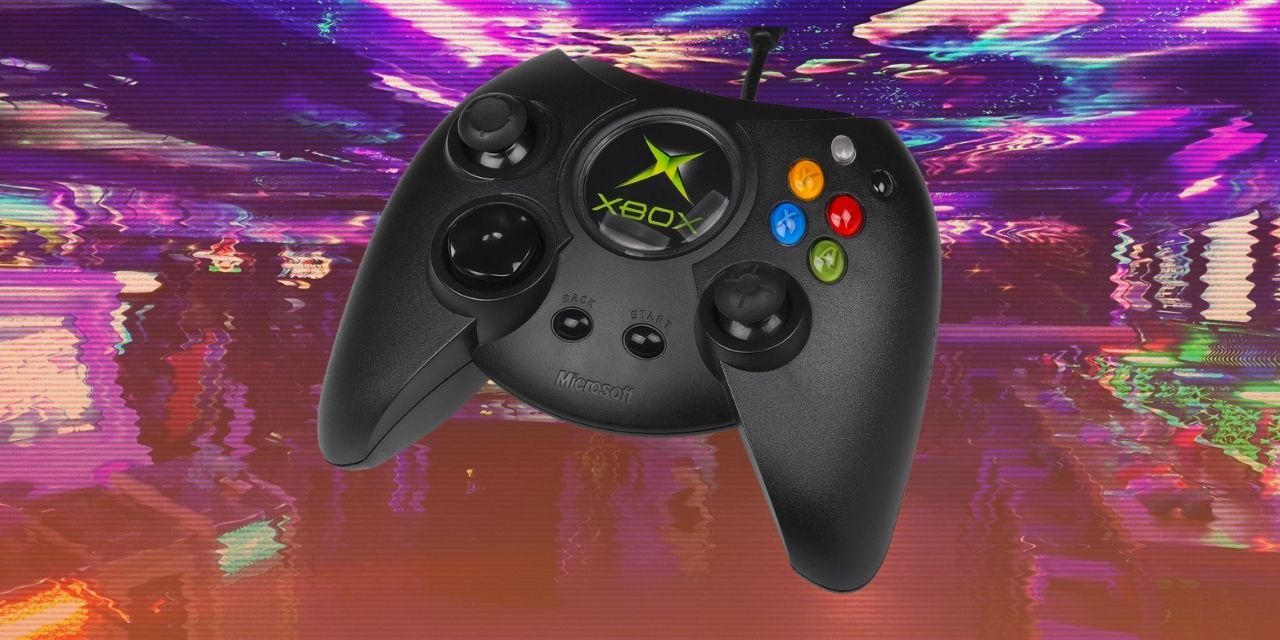
The Xbox controller, colloquially known as ‘The Duke’, is a strange thing. It has a wide setting that is uncomfortable to hold for extended periods of time, egg-shaped buttons that are frustrating to use, and, honestly, just isn’t nice to look at with that huge plastic Xbox logo taking up so much room.
RELATED: The Best Games On Xbox Game Pass (UPDATED)
The Duke was remade to be compatible with the Xbox One many years later. It did not improve.
33 Vive Wand
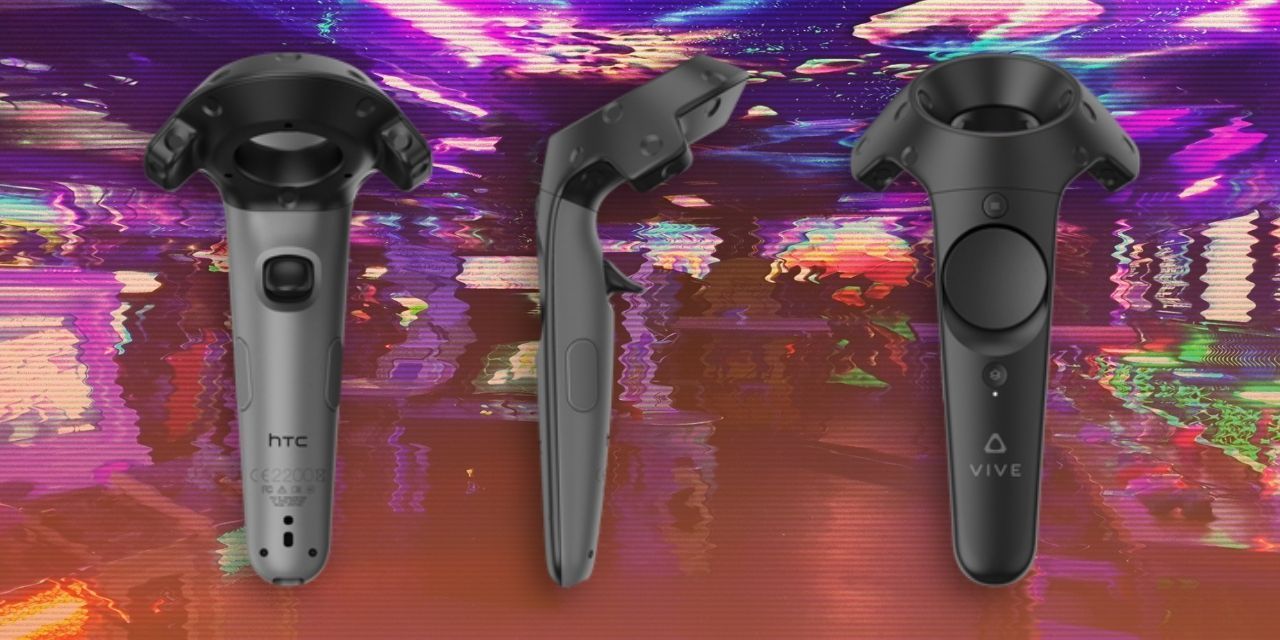
When the HTC Vive was first released it came bundled with tracked motion controllers. This led many earlier adopters of Virtual Reality to choose the Vive over competitors.
However, some fans felt the design was unusually uncomfortable to hold for extended periods of time. The second generation of HTC Vive controllers - the Knuckles Vive - solved this common problem. However, the negative feedback is enough to place these VR controllers low on this list.
32 Google Stadia
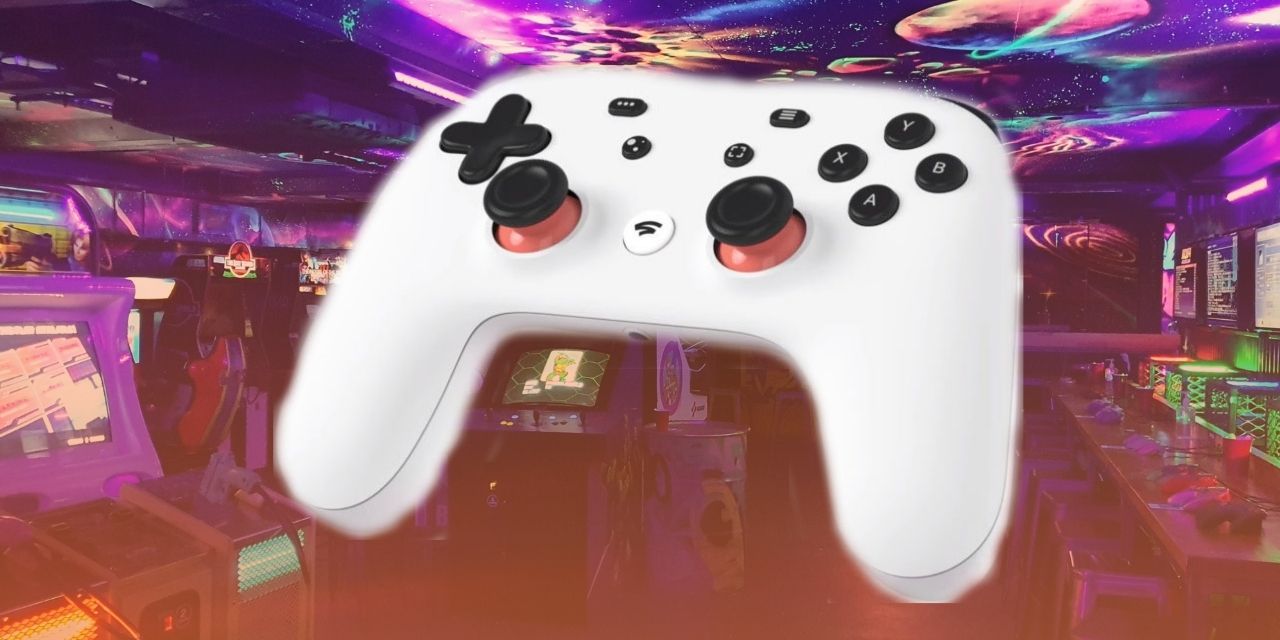
The Google Stadia controller brings a new conversation to the table - a built-in Wi-Fi connection to reduce latency. With a gaming streaming service, this internal Wi-Fi connection is key to eliminating input lag. Furthermore, Google Assistant also provides in-game functionality such as walkthroughs. However, the high initial price and fairly low-quality build left gamers preferring the Xbox One or DualShock 4 controller.
31 Atari CX40 joystick
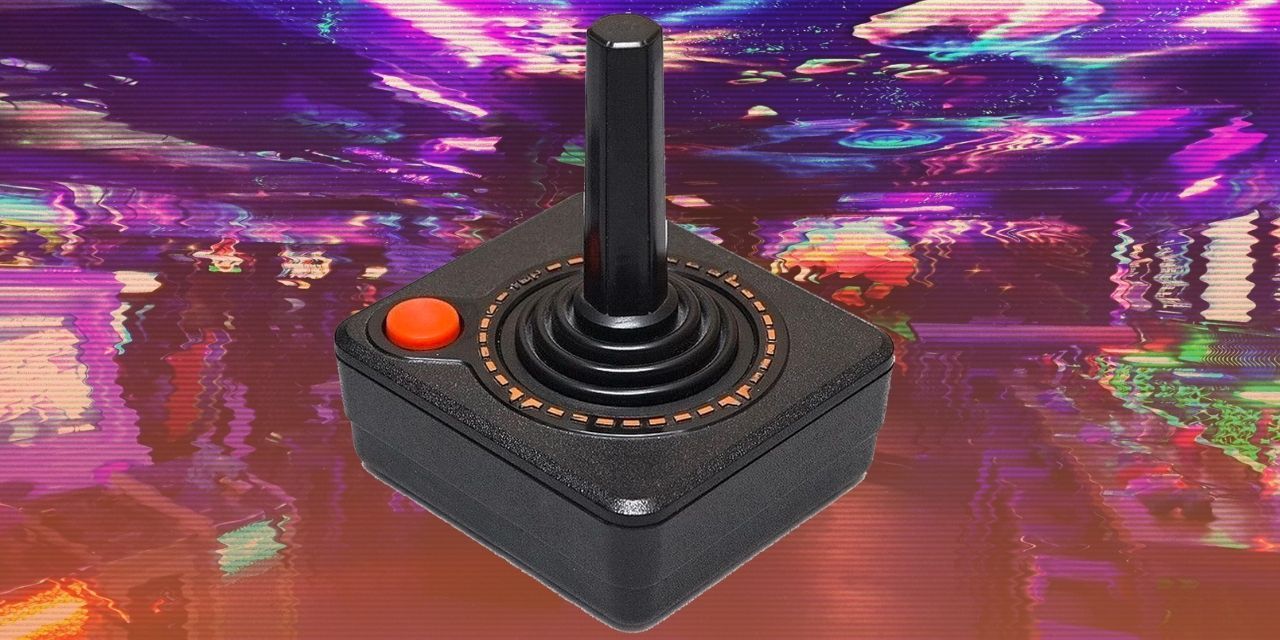
Gamers have probably seen Atari’s iconic "Fuji" joystick logo but might not know that this controller is the inspiration. The Atari CX40 joystick was the first cross-platform game controller that was widely adopted by gamers.
Fans called the CX40 "the pinnacle of home entertainment controllers in its day". On the other hand, whilst it was popular in 1977, the mechanical design flaws led to a breakdown.
30 NES
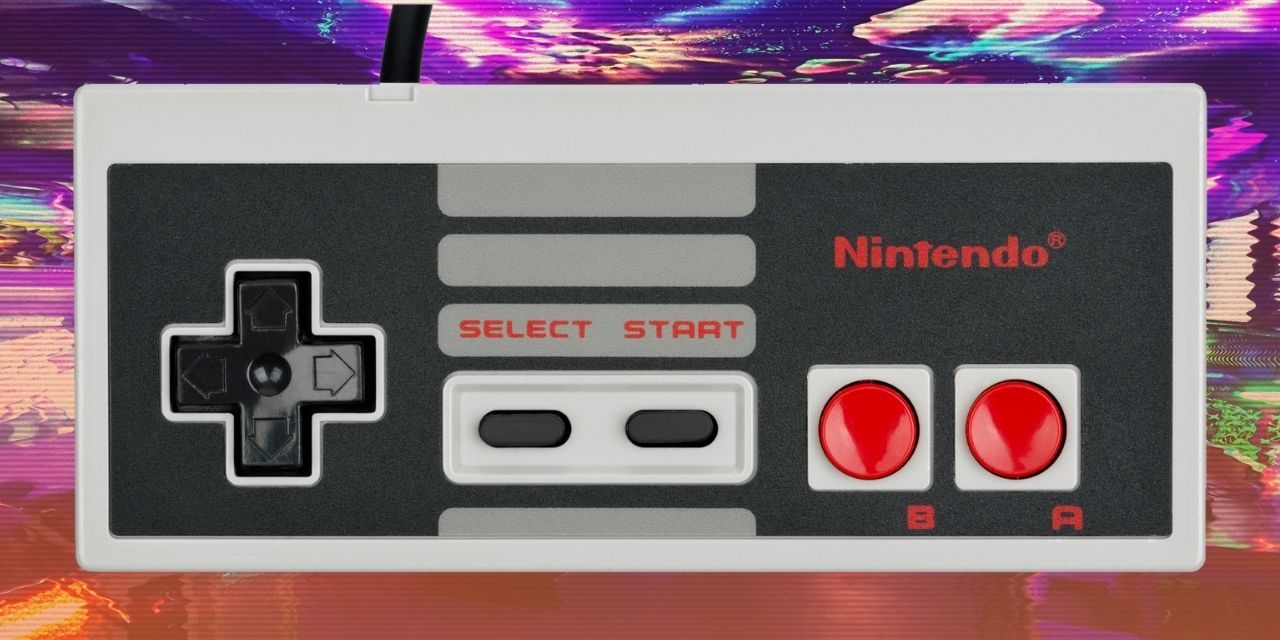
This iconic rectangle controller had a simple, yet effective four-button layout: an ‘A’ and ‘B’ round button, a "START" button, and a "SELECT" button, and a cross-shaped joypad. The flat, pointed edges of the NES controller were fairly tough to hold comfortably, but easy for children to understand.
29 Dreamcast
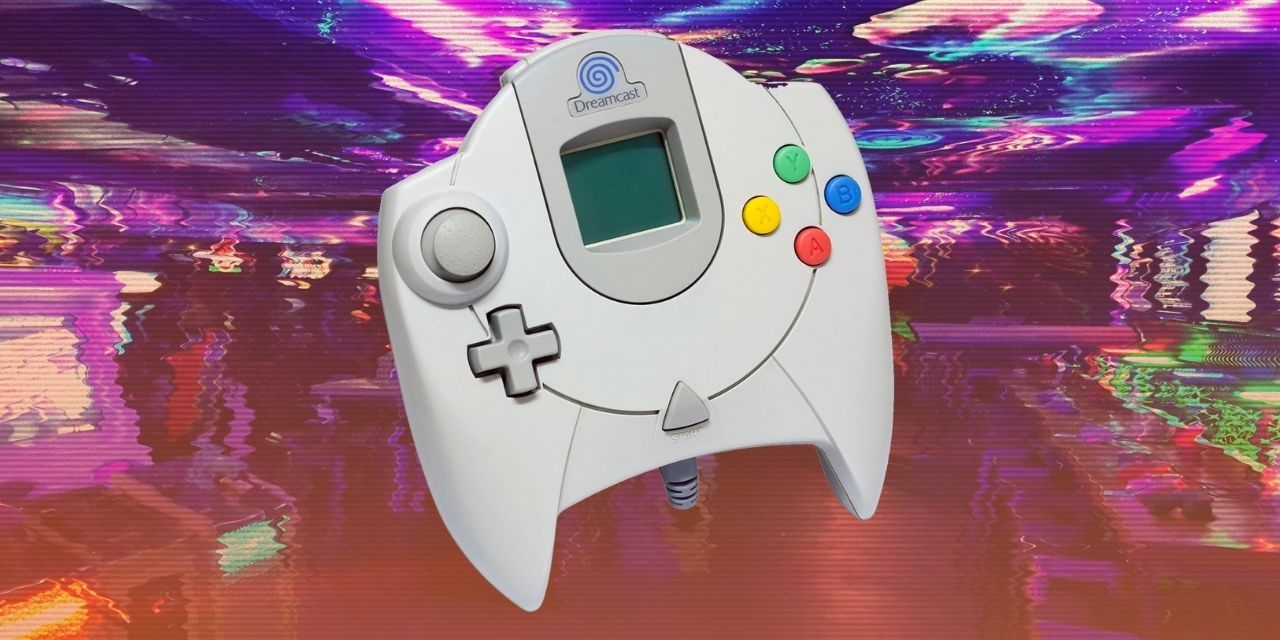
The SEGA Dreamcast controller was bundled with the SEGA Dreamcast. This console is credited for inventing analog triggers. Sadly the unusual design-led to poor critical reception. Edge even called it "an ugly evolution of Saturn's 3D controller".
28 Power Glove
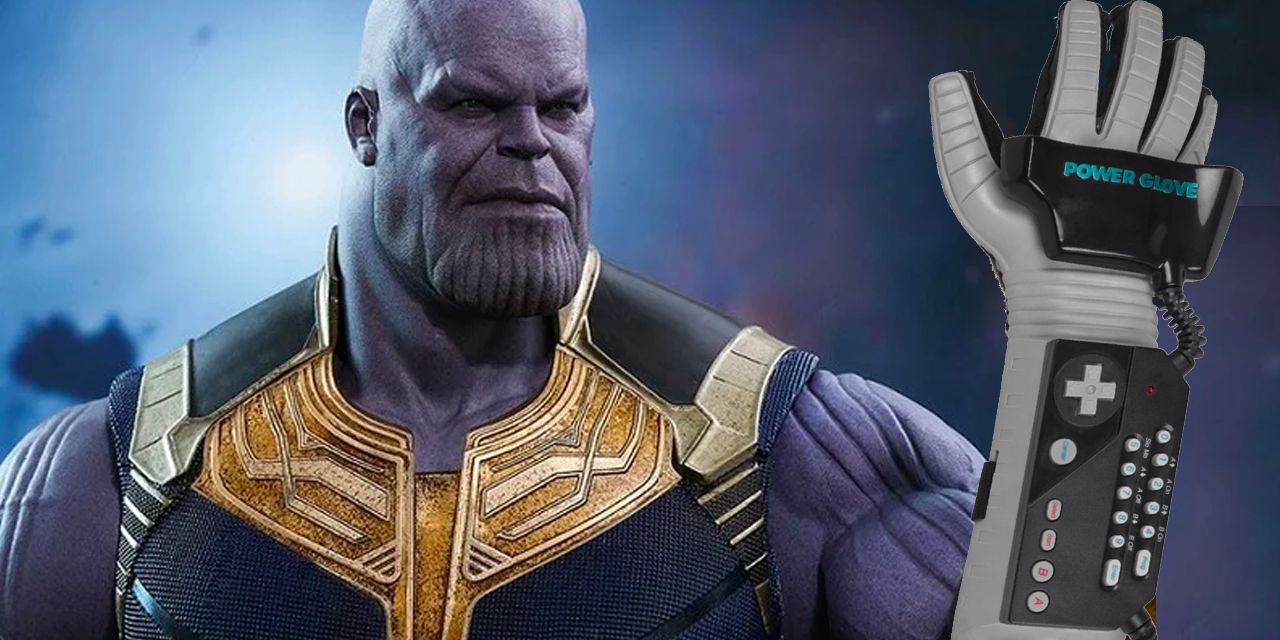
Yes, that’s right. The Power Glove wasn’t some kind of horrific, Thanos-esque nightmare. It was real. It just didn’t work. Whilst it was an officially licensed product, Nintendo was not involved in the design. Gesture-based controls would, eventually, be the backbone of one of Nintendo’s best controllers (spoilers). The Power Glove was ahead of its time in 1989 but failed to clear the bar.
27 Sega Genesis
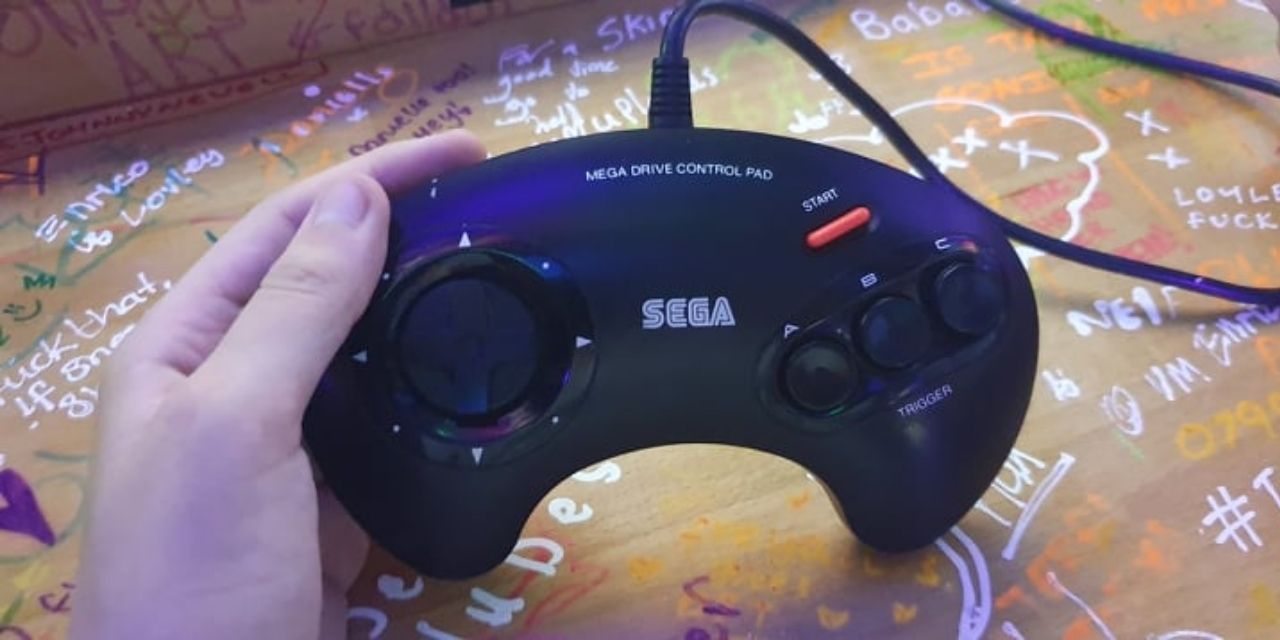
The Sega Genesis, otherwise known as the Mega Drive, was a peculiar console. The rounded design of the controller was nothing special and thus faded into obscurity as quickly as it arrived. It is quite comfy to hold, but the horizontal layout of the buttons is not intuitive.
26 DualShock 2
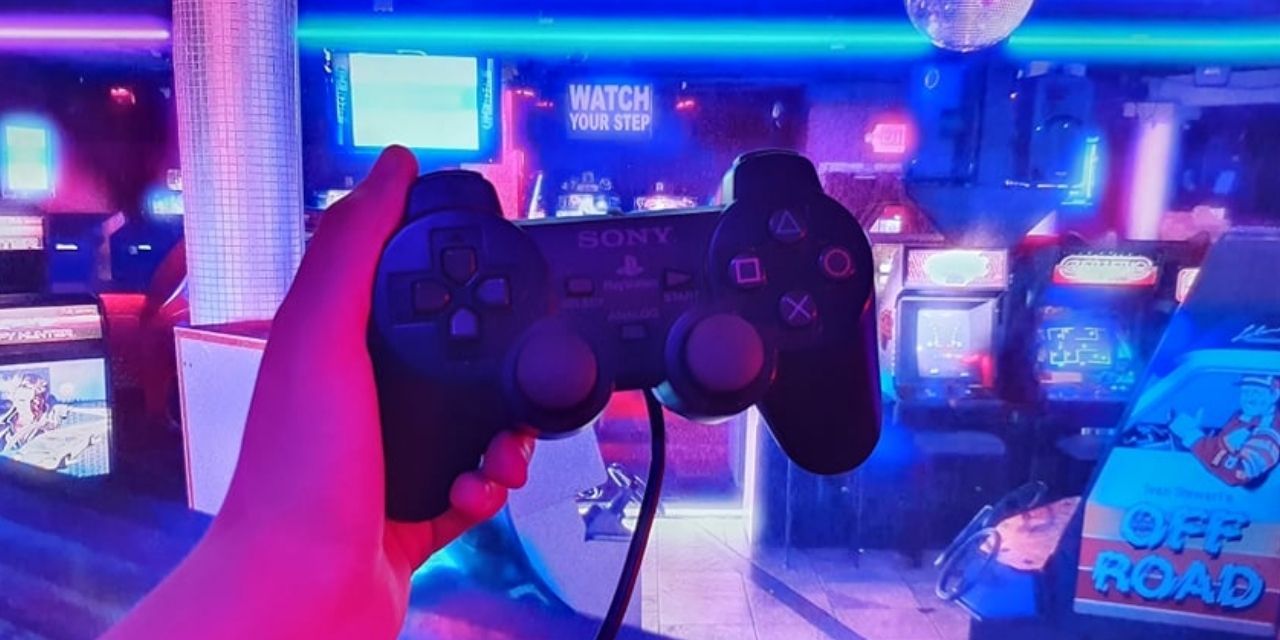
The PlayStation 2's DualShock 2 was fairly similar to the original. If it ain't broke, don't fix it. Additionally, it included analog pressure sensitivity on the face, shoulder, and D-pad buttons, unlike the digital buttons of its predecessor, the DualShock 1. Furthermore, it introduced two further levels of vibration, which led the way to one of the greatest controllers of all time...
25 Wii U GamePad
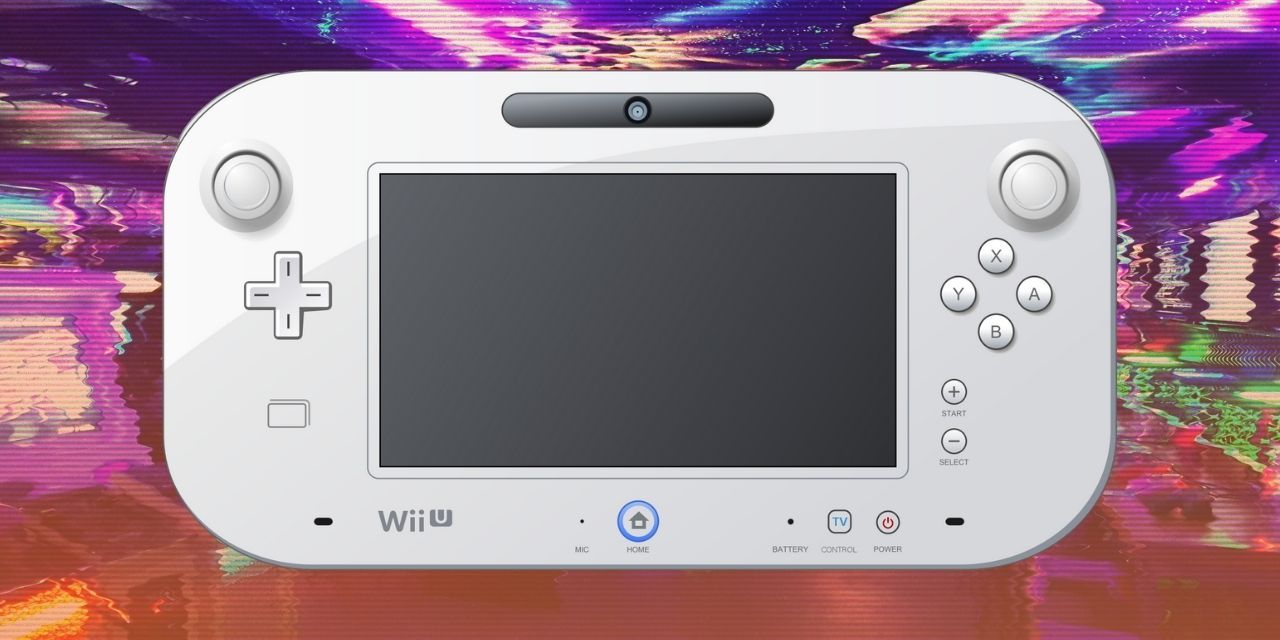
The Wii U GamePad was a necessary evil for Nintendo’s development of the more successful Nintendo Switch. This controller has the sparks of something interesting but struggles in pulling them into a cohesive design. It is a blend between a tablet, a traditional controller, and a screen, which leads to a busy and confusing user experience.
24 Wii Classic Controller
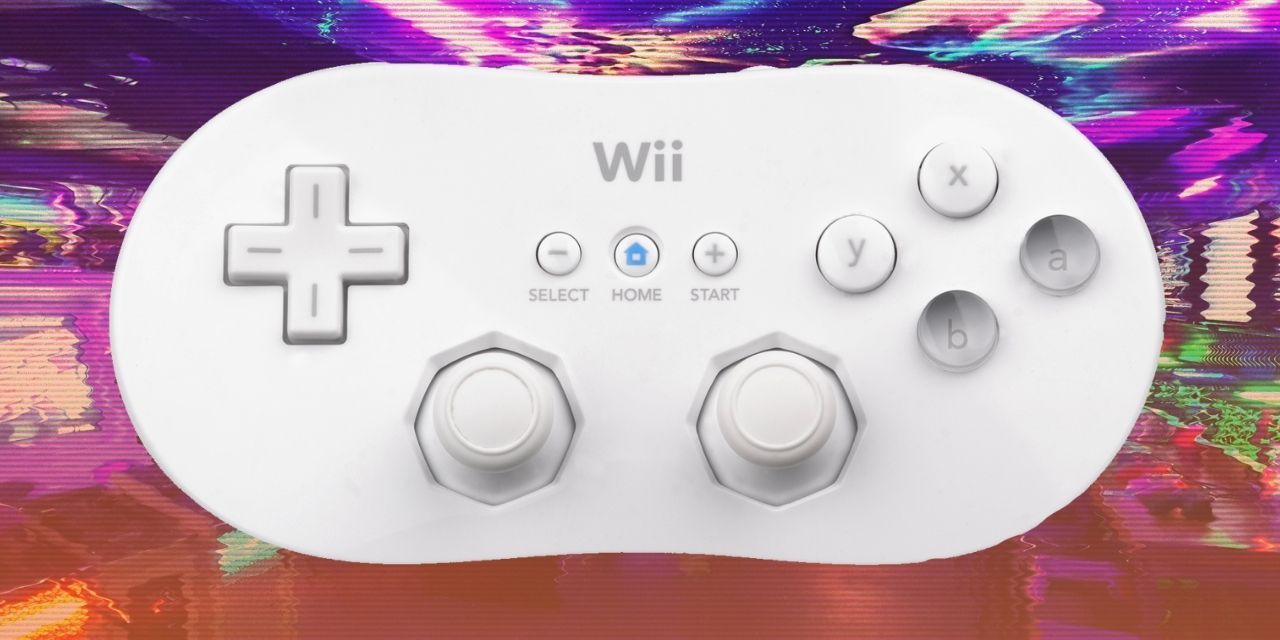
Released in 2006, the original Classic Controller is reminiscent of the SNES design. Releasing a traditional controller for a console-based around motion controllers didn’t track with the audience, and the Classic Controller was not widely adopted.
RELATED: Nintendo: Super Mario Cameos We All Forgot About
The Classic Controller Pro was released in 2009 and looked more like what people might expect from the GameCube. But some fans think it’s uncomfortable to hold and it lacks the tactile feedback they might expect from a controller from this era.
23 Wii U Pro Controller
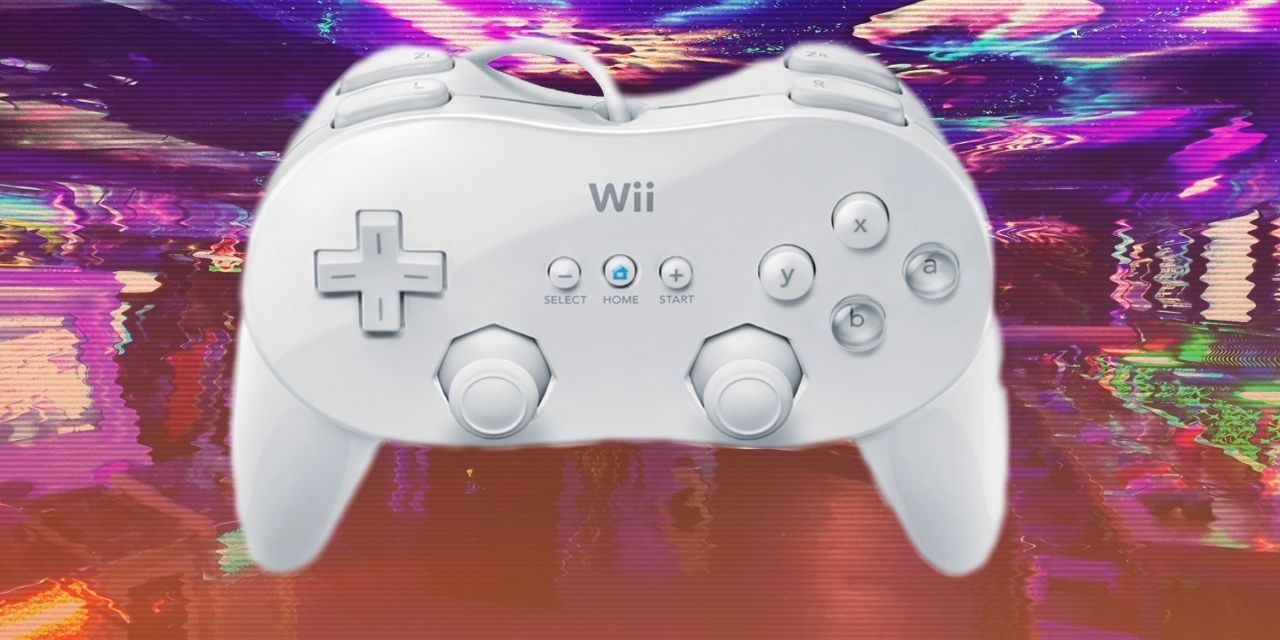
The Wii U Pro controller is very similar to Microsoft's Xbox 360 controller in design. It has digital triggers, unlike the other eighth-generation controllers such as the DualShock 4 and the Xbox One. This means that, theoretically, the travel time between input and result should be shorter, but this often wasn’t the case.
22 NES Advantage
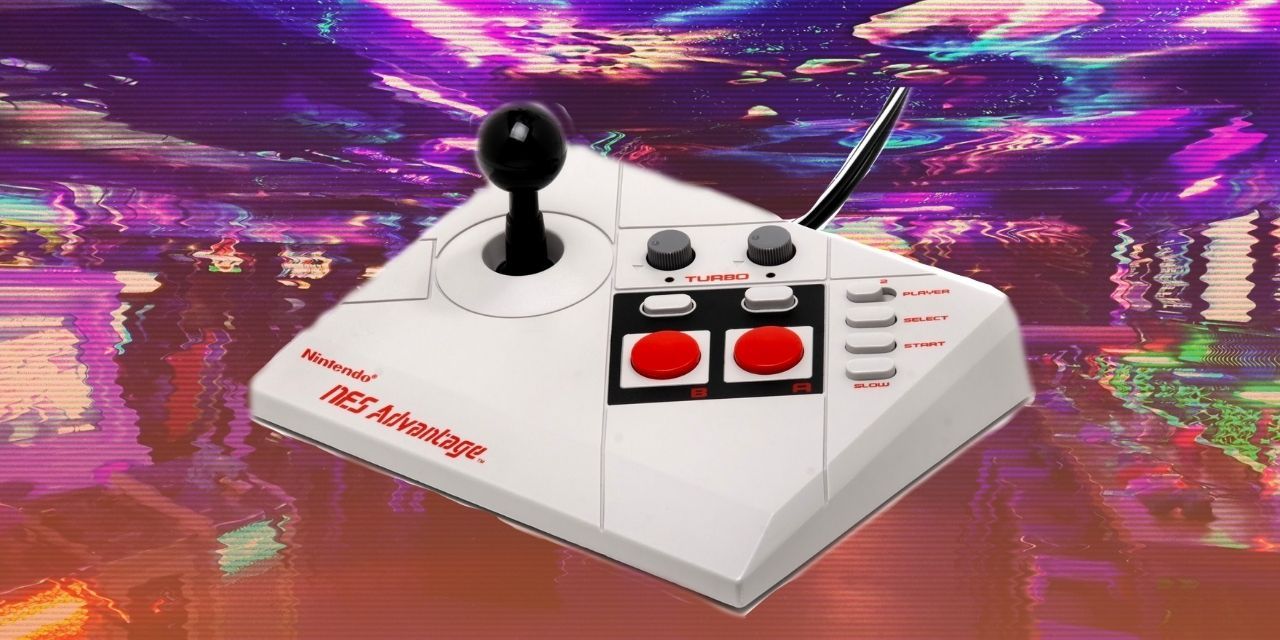
The NES Advantage was released in 1987 as marketed as a great way to get the "arcade experience" at home. The size of this controller and the ergonomic design left painful hand cramps in the dust. A player's left hand could control the joystick and the right hand could operate the buttons. It even made a cameo appearance in Ghostbusters II.
21 Steam Controller
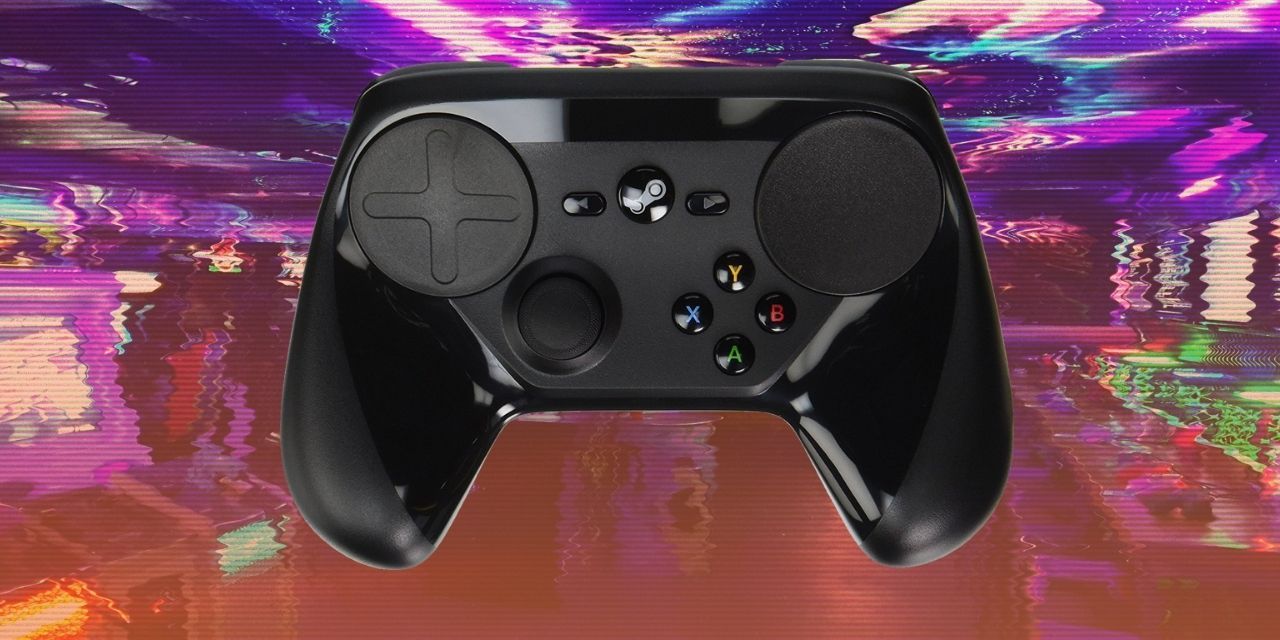
The Steam Controller wanted to be PC gamers' answer to the age-old question - ‘what controller should I use to play?’. If a game wasn't designed with a controller in mind, the Steam Controller was a great idea. It has no analog sticks, instead choosing to replace it with two touchpads intended to mimic a mouse. A solid idea, considering it was sold alongside the Steam Link but wasn’t exactly user-friendly.
20 Xbox 360
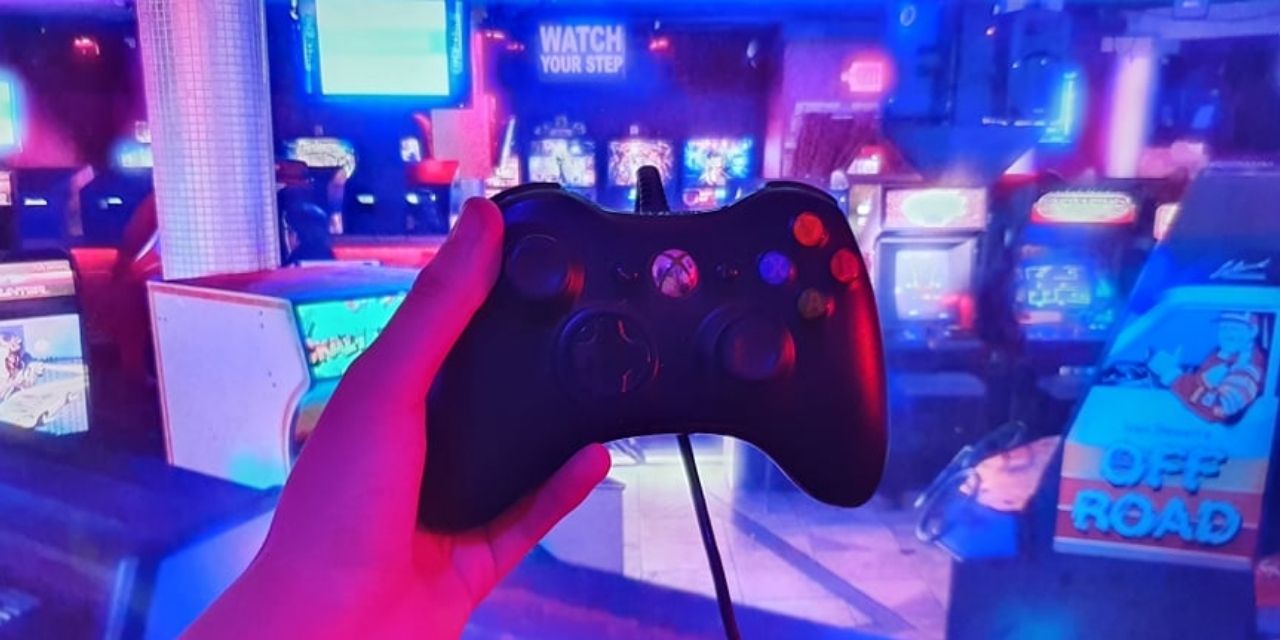
This iconic controller set the bar for Microsoft’s future endeavors. It has both a wired and wireless version, both of which are compatible with Microsoft PC operating systems. It reduces the unwieldiness of the original Xbox controller and has been a firm fan favorite since its release in 2005. The only reason this controller loses points is that the wireless version relies on batteries, whilst competitors such as Sony moved on to rechargeable power.
19 PlayStation 1 Dualshock
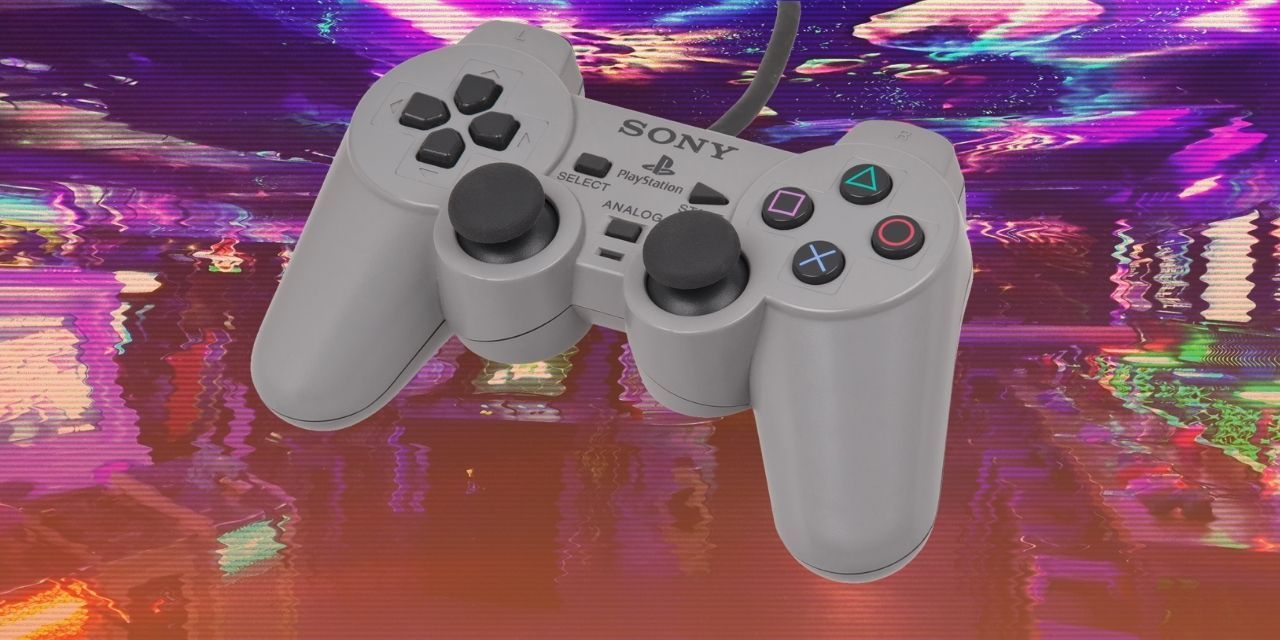
The PS1 Dualshock, released in 1997, was a solid base for all of the PlayStation controllers up until the Dualsense in 2020. Its comfortable grip, iconic buttons, and internal vibration feedback make this one a classic. In addition, it is the best-selling gamepad of all time, excluding bundled controllers.
RELATED: PS1 Games That Deserve A Sequel
Sony’s Dual Analog Controller was released before the Dualshock and was virtually identical, minus the inclusion of a rumble feature.
18 PlayStation Move
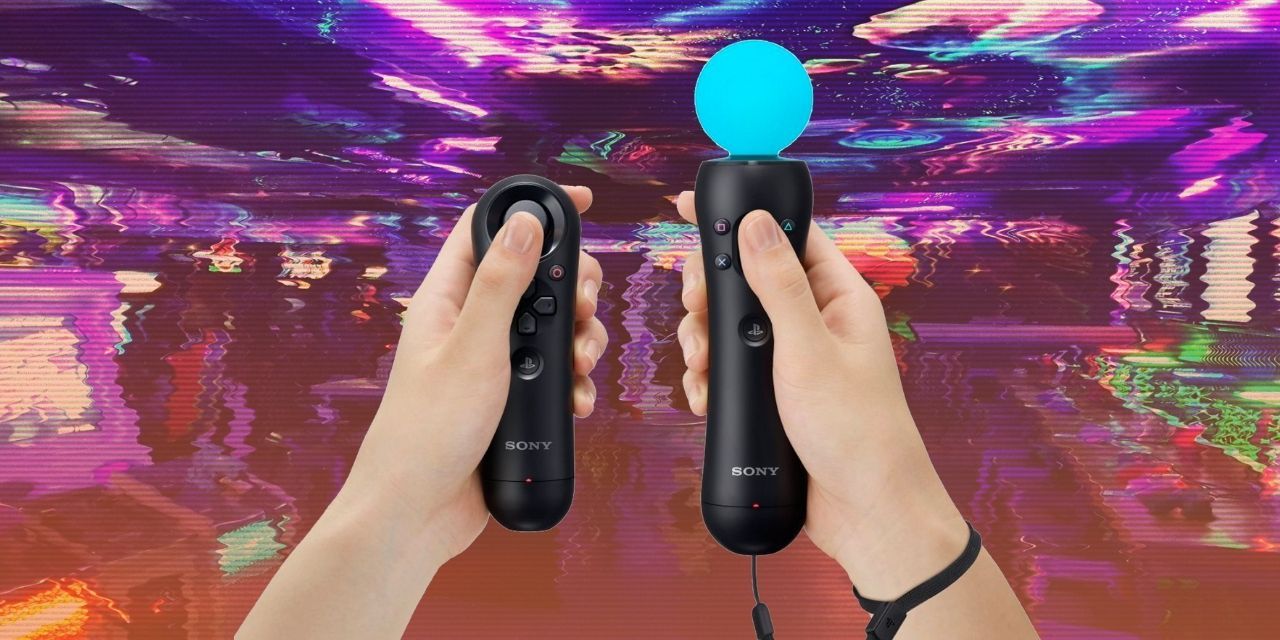
The PlayStation Move is a surprisingly accurate and responsive Virtual Reality controller, for the time. Whilst the design might look a little… strange, the PlayStation Move has a solid controller. Furthermore, Sony has upcycled it to keep it relevant in today’s day and age. Players can use it with PlayStation VR: the PS3 - PS5-compatible VR gaming platform.
17 Joy-Con
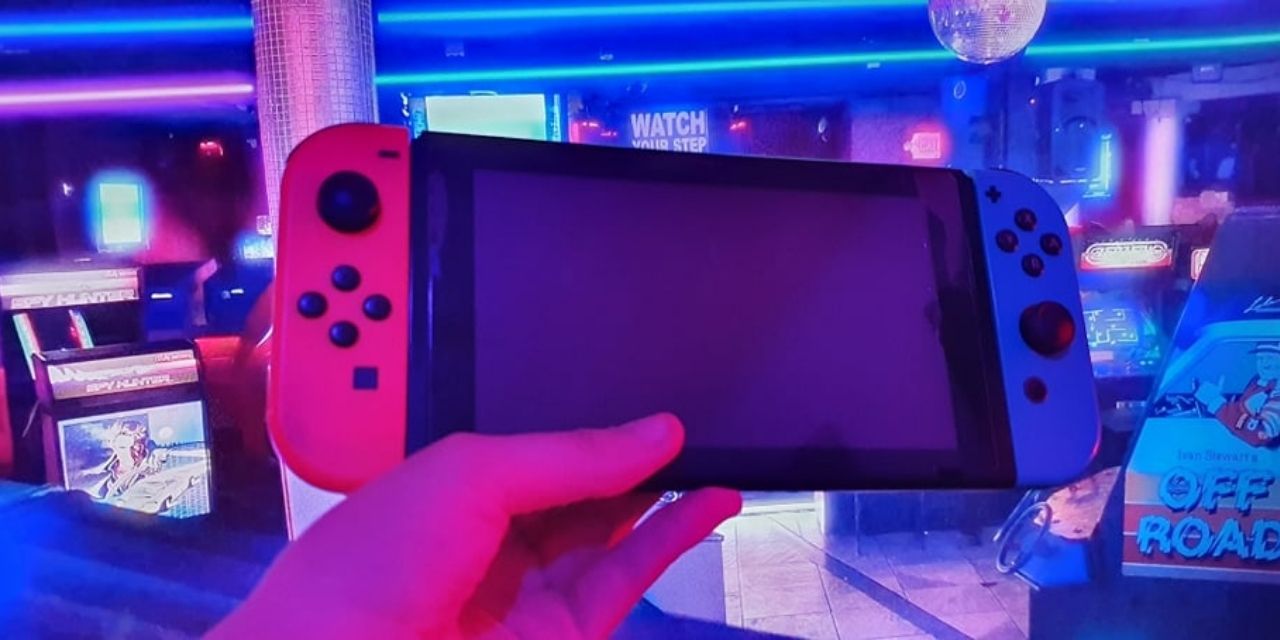
The Nintendo Joy-Cons are paramount in the Nintendo Switch’s unique console design. With detachable controllers and an HDMI port, it is simultaneously a handheld and TV console. But the controversy surrounding ‘Joy-Con Drift’ has led to a lower rank.
‘Joy-Con Drift’ is the colloquial name given to the controversy surrounding the quality of the controllers. After extended use, the joysticks often sense incorrect or non-existent inputs which impact gameplay significantly.
16 Valve Index
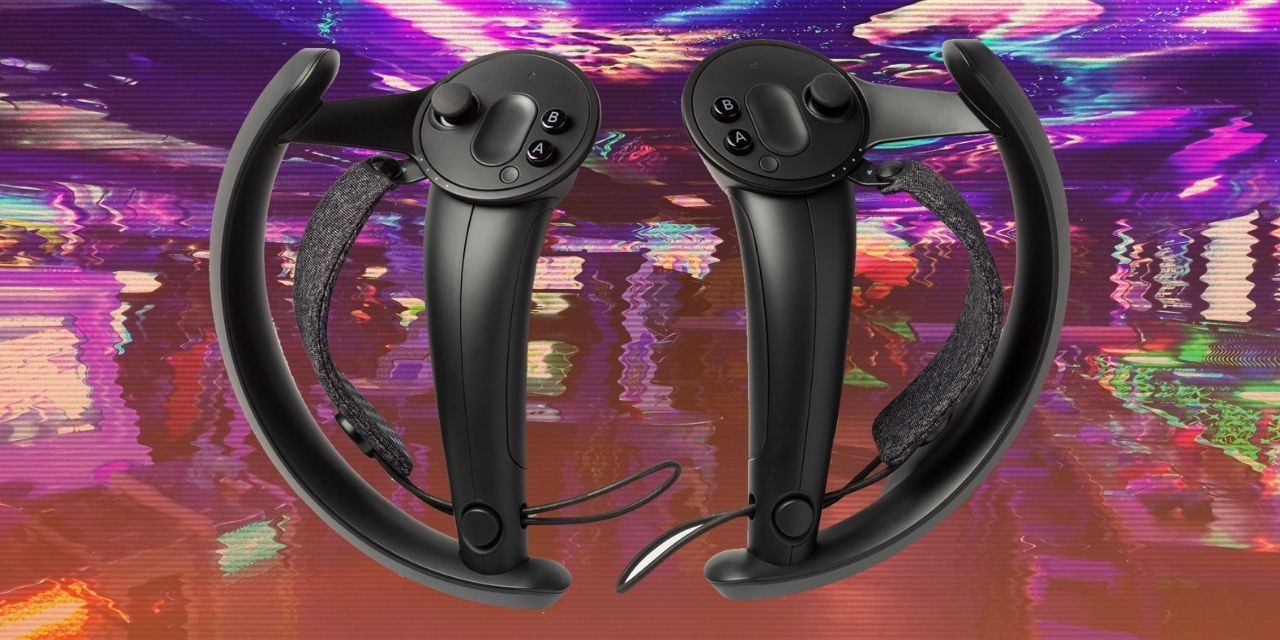
Valve Index Controllers are comfortable and have a high fidelity hand presence in VR, meaning inputs feel very natural. The controllers also have a decent battery life (3+ hours), but the design just isn’t as stylish and minimalist as competitors.
15 Sixaxis
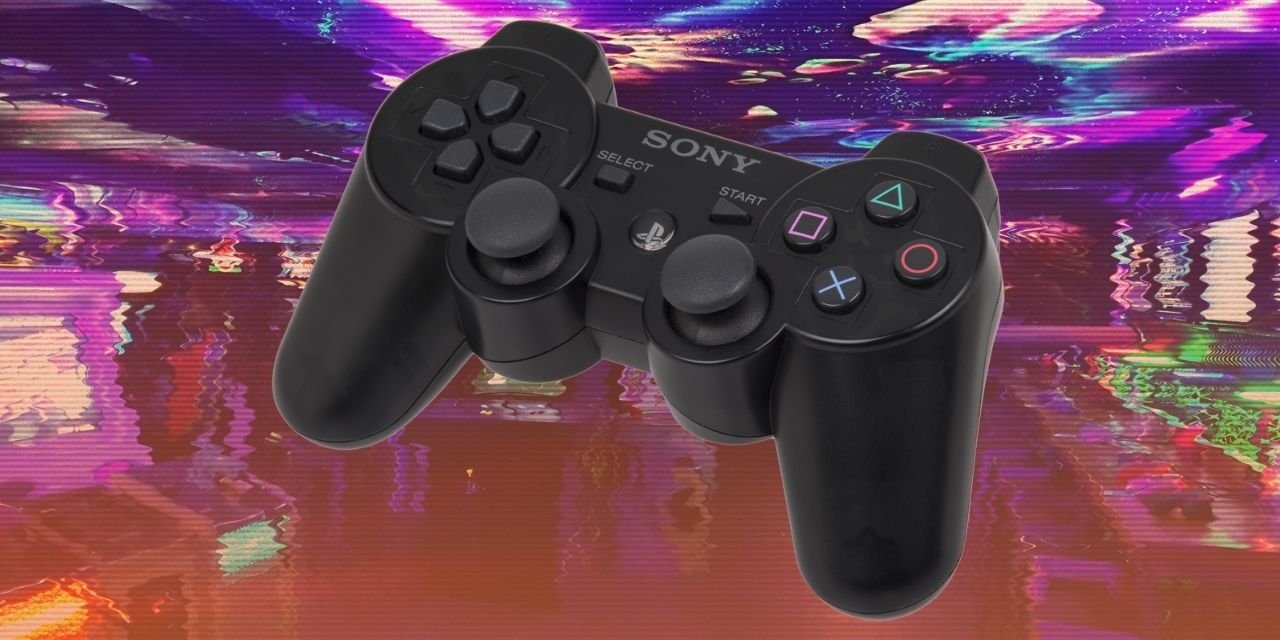
The Sixaxis was released alongside the PlayStation 3 in 2006. An updated version called the DualShock 3 came out later that included haptic technology. Sixaxis ranks this high because the technology is used to power the motion-sensing capabilities of the PlayStation Vita. Secondly, it can be used with Sony's PSP Go via Bluetooth.
14 DualShock 3
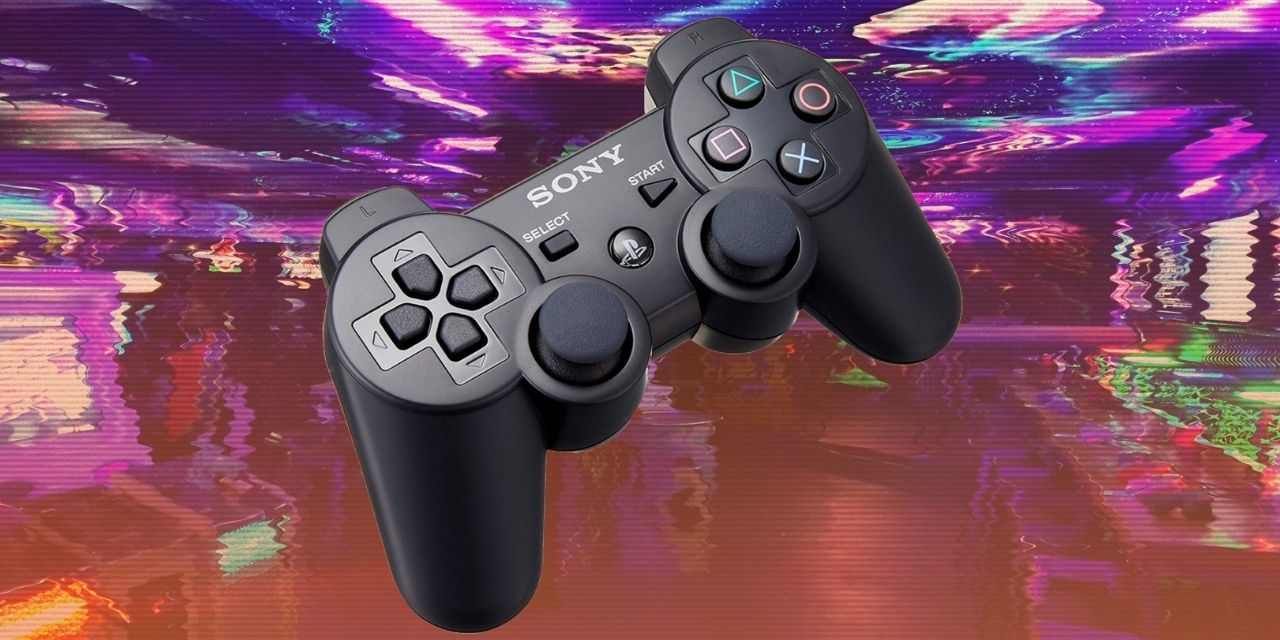
The DualShock 3 wireless controller replaces the Sixaxis for the PlayStation 3. It ranks close to it because the two controllers are basically identical, but the DualShock 3 adds the haptic feedback players loved in the DualShock and DualShock 2.
13 Nintendo Switch Pro Controller
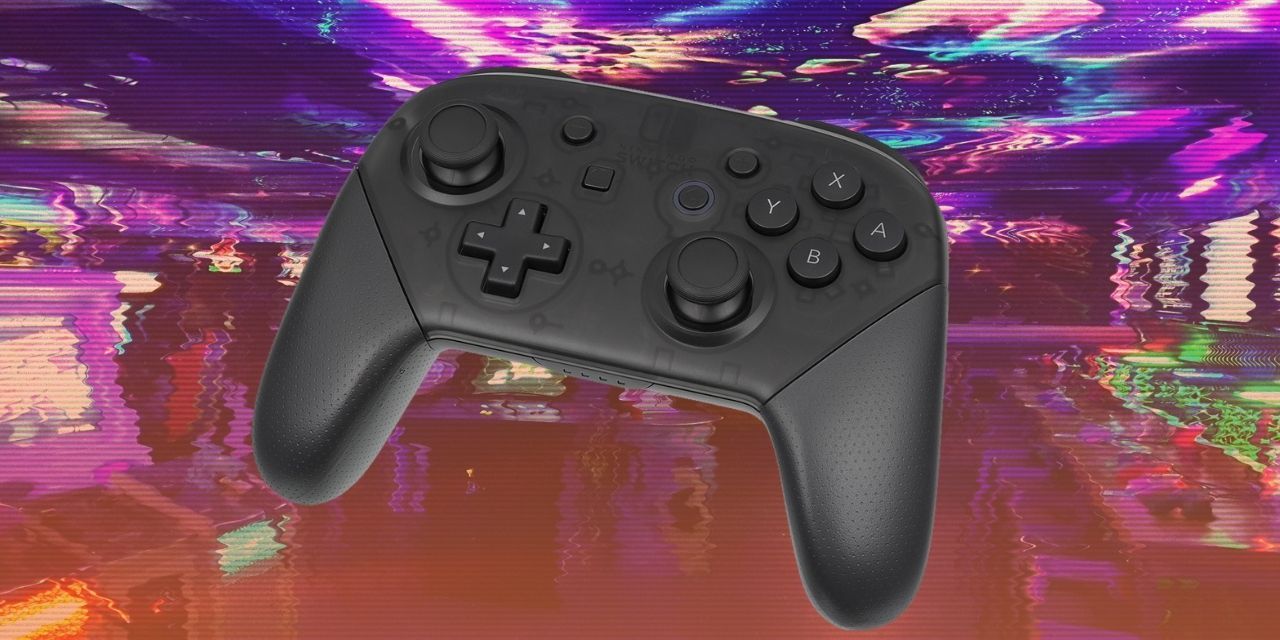
The Nintendo Switch Pro Controller layout is very similar to that of the Wii's Classic Pro. The reason this scores higher is because of its staggering analog stick layout, more akin to the GameCube.
RELATED: GameCube Games That Need Remakes On Switch
Plus, who couldn’t love that stylish see-through case, akin to the early 2000’s retro design of Nintendo consoles?
12 DualShock 4
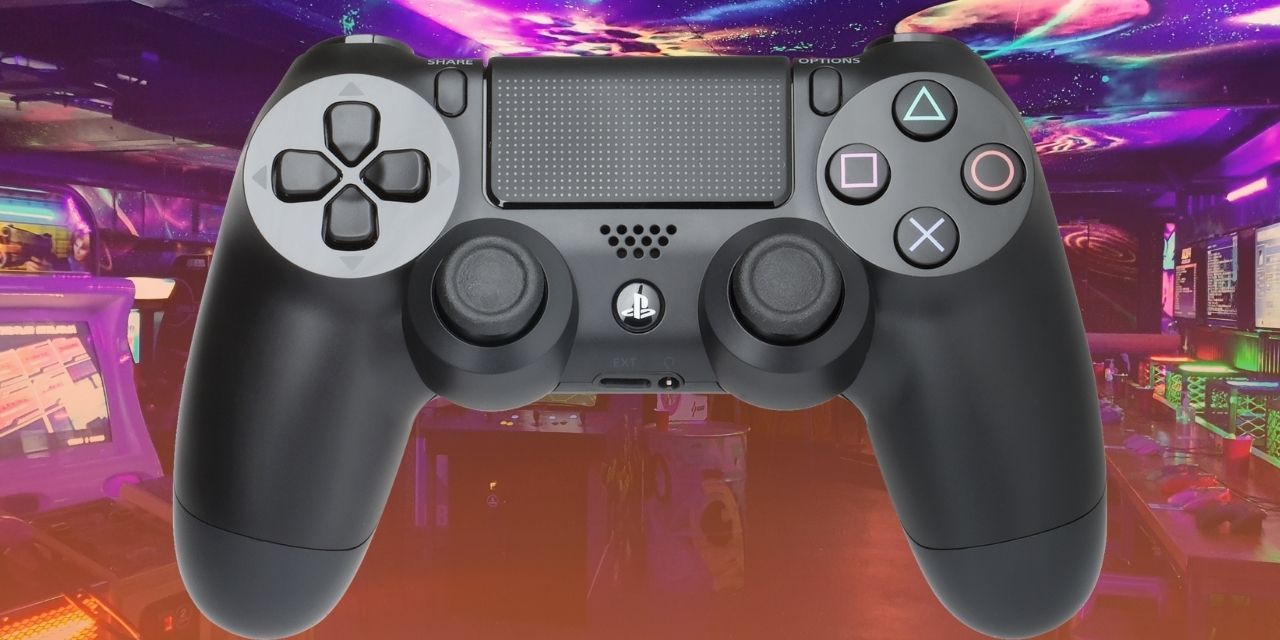
The DualShock 4 was an evolution of the DualShock 3, perfectly balancing the beloved old features with new technology. Additionally, it has a new built-in two-point touchpad on the front of the controller, which means it can be mapped to different buttons.
11 SNES
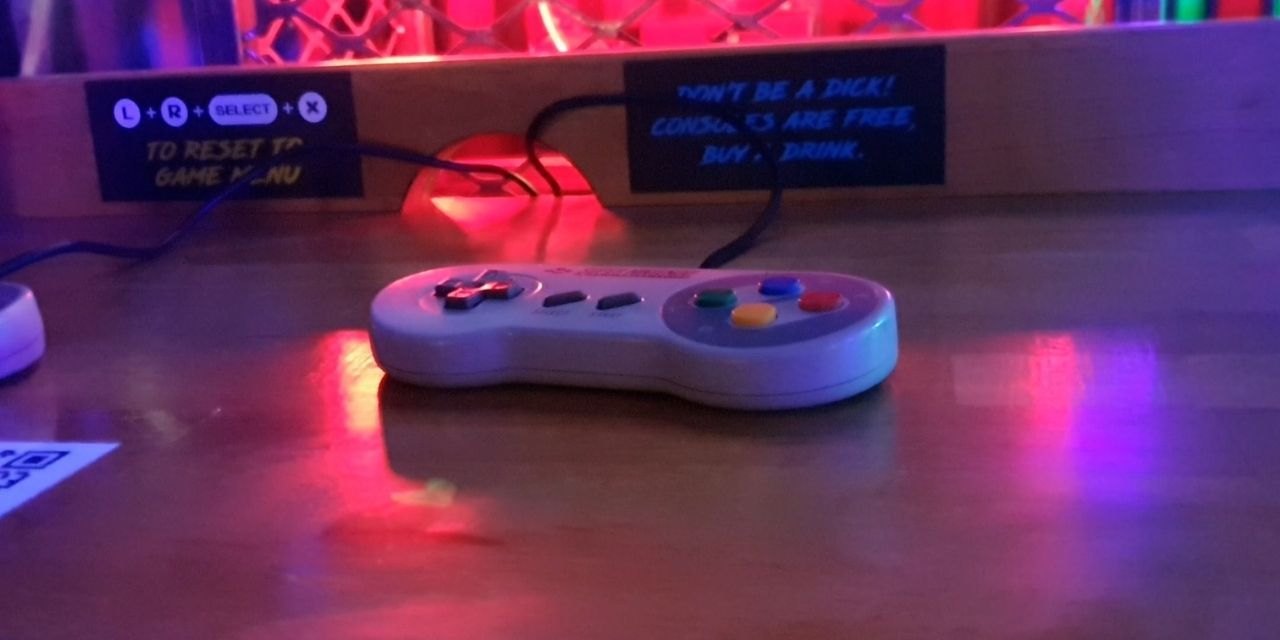
The SNES gamepad was introduced in a generation of gaming where 3D environments were still a lofty dream. Its simple four-face buttons, a directional pad, and rounded design led to a smooth, satisfying experience that improved on every aspect of its predecessor - the NES.
10 DK Bongos
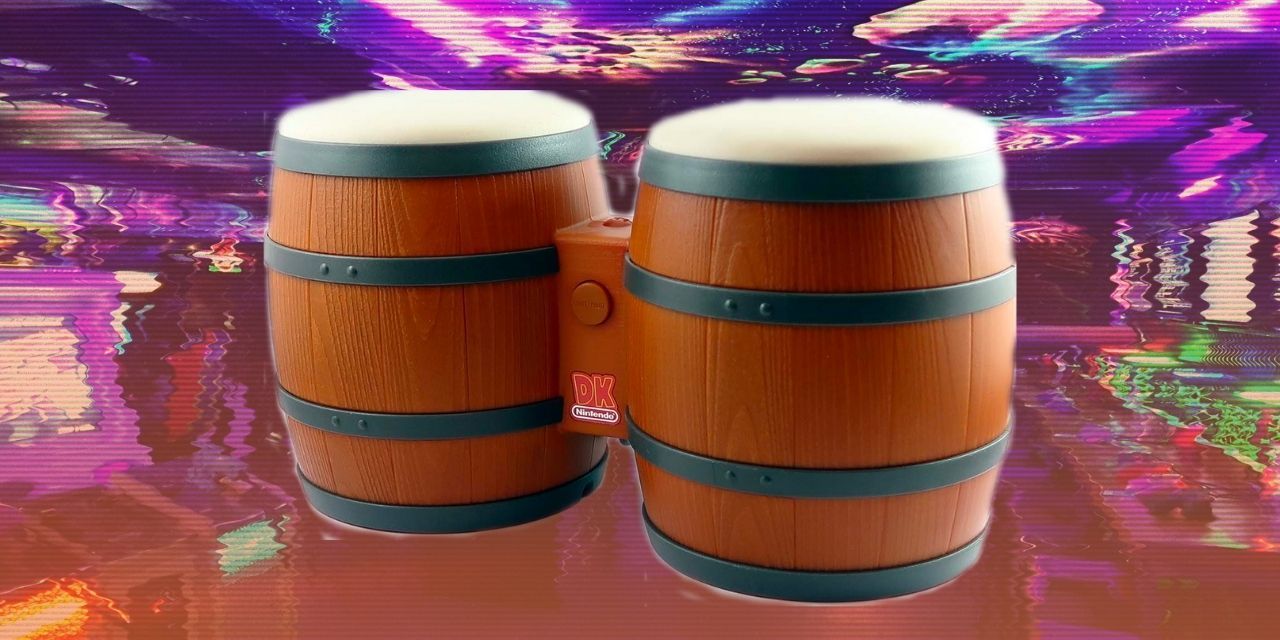
The DK Bongos were an incredible and creative approach to controller design. Donkey Konga, Donkey Konga 2 and 3, and the Donkey Kong Jungle Beat were designed with this piece of kit in mind. Some players might think that this might be a limitation, but oh no. Someone has actually completed Dark Souls using the Bongo Drums.
9 NES Zapper
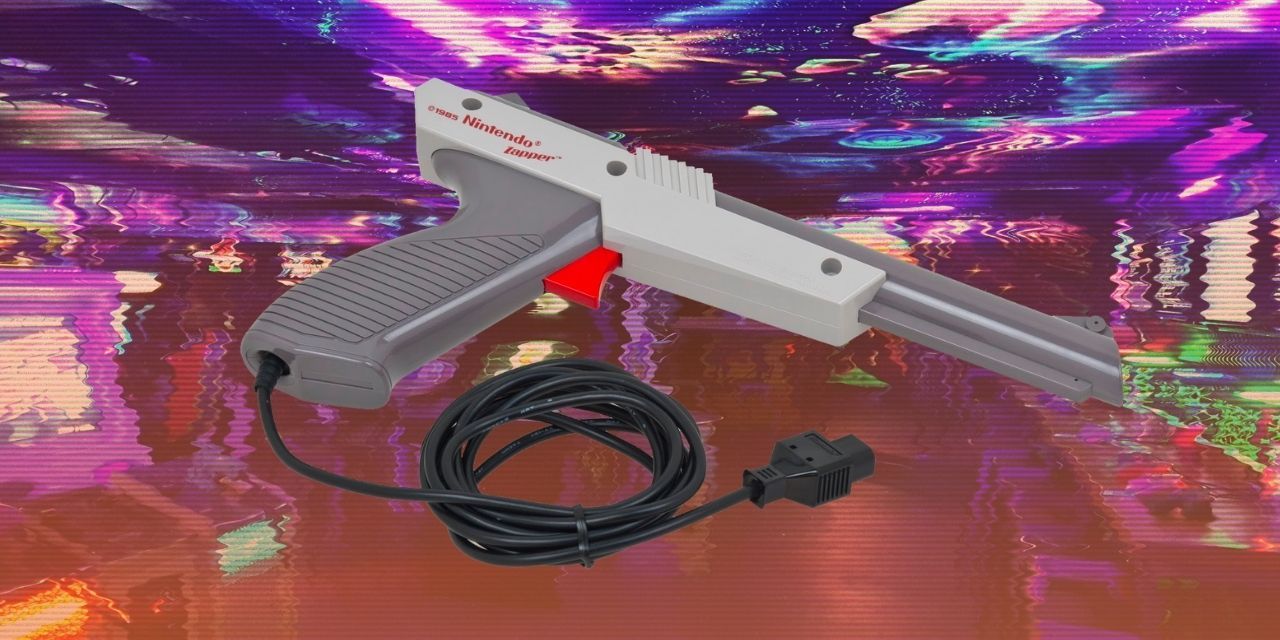
Duck Hunt and Wild Gunman fans will know the NES Zapper well. This light gun accessory was released in 1984 and lets players use the internal optical sensor to shoot at targets. Ducks, clay pigeons, cowboys, and criminals fell victim to this controller's aim.
8 Guitar Hero Controller
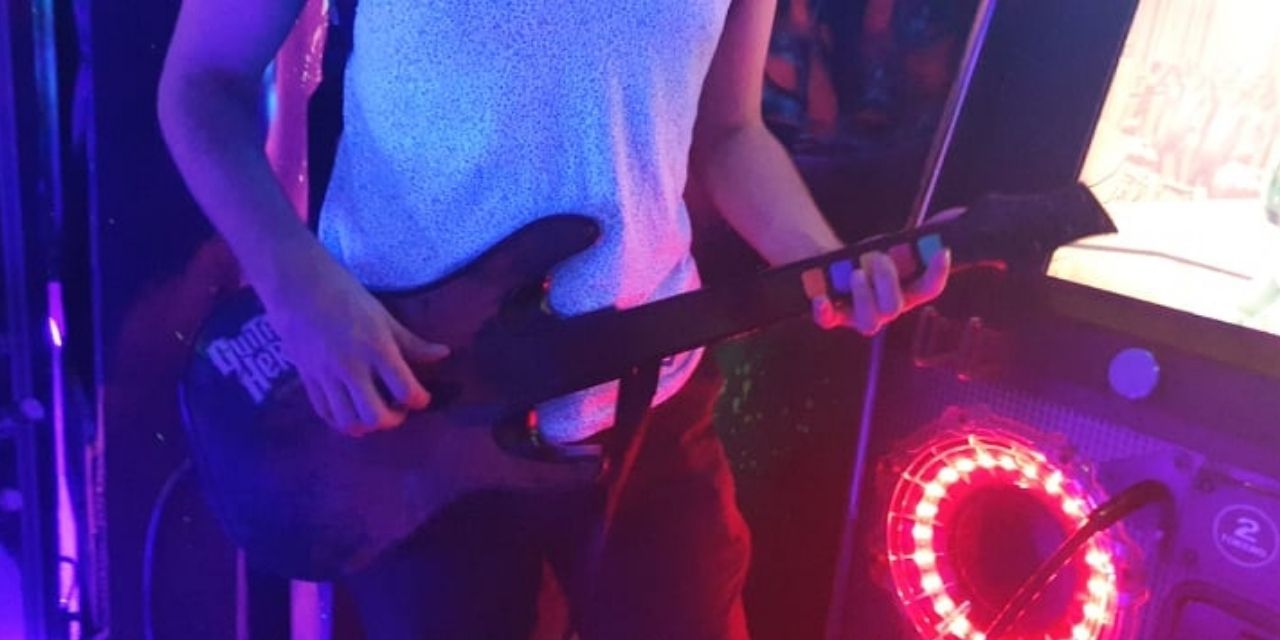
The Guitar Hero Accessory creates a new experience for what a controller can be. Whilst some people say that it is a gimmick and has unwieldy handling, others love the ambition that went into it. Fans give a special shout-out to the Wii version, claiming the tap strumming was ‘a game changer’.
7 Oculus Touch
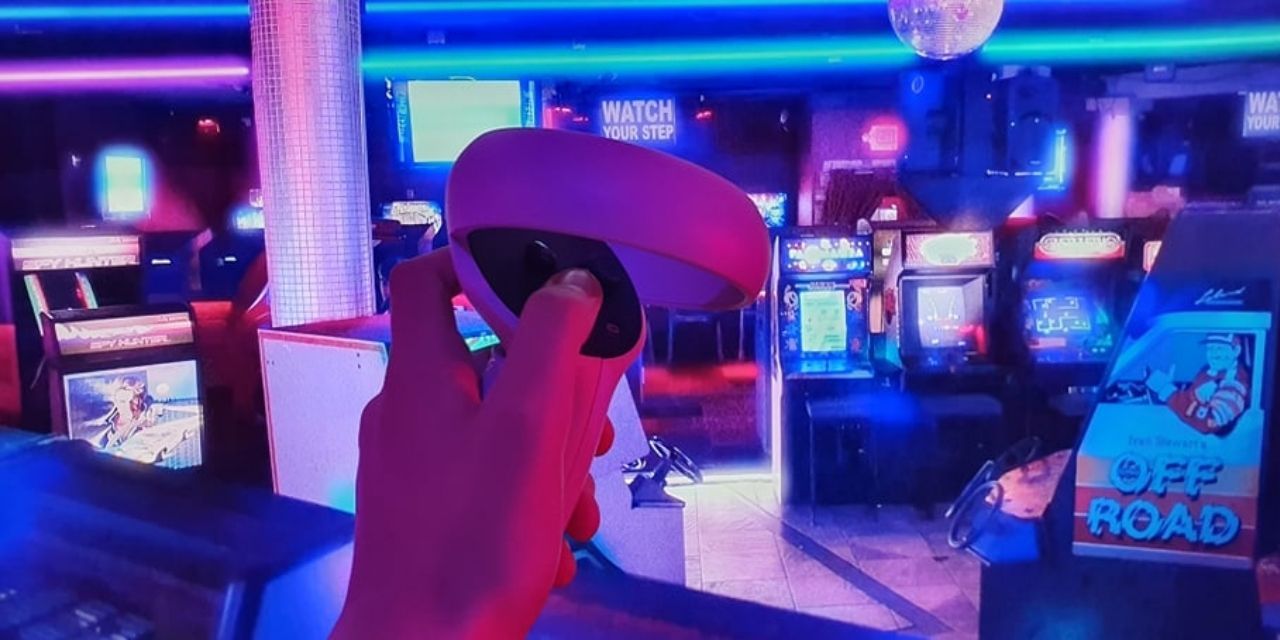
Comfort and simplicity are the core mechanics of any Virtual Reality controller. Players are, after all, locked away in a headset. The Oculus Touch combines both of these aspects into a thoroughly enjoyable VR experience.
6 GameCube
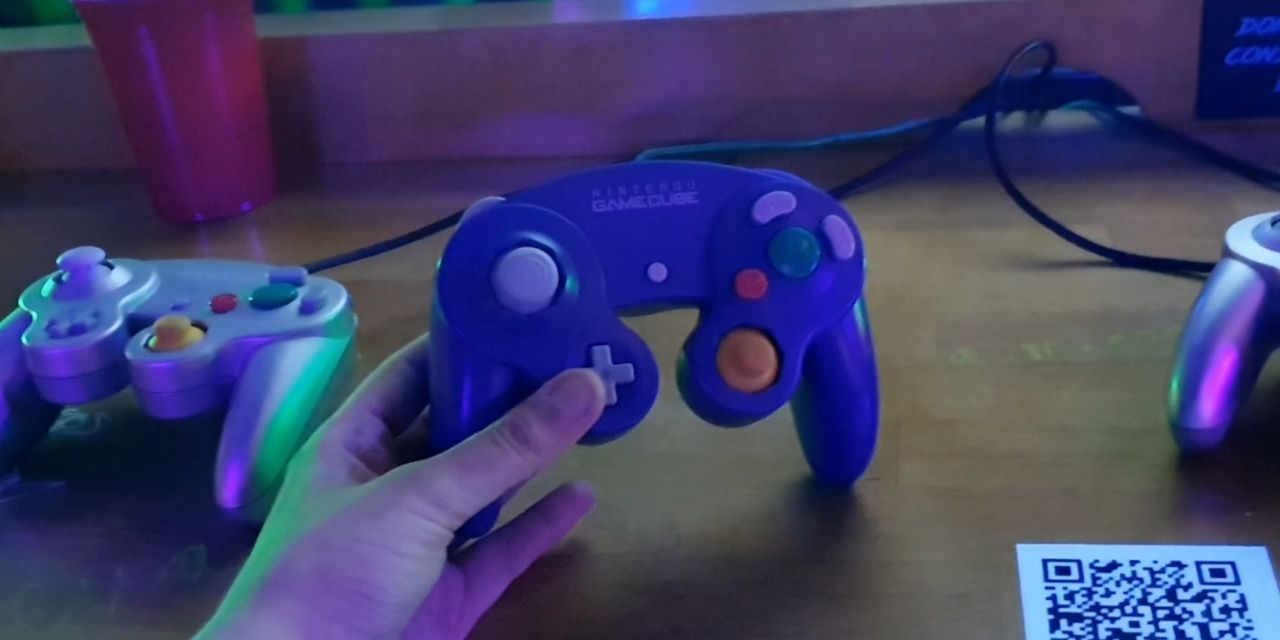
The GameCube is still often used almost 20 years after its release in 2001. The satisfying tactile feedback, the fantastic triggers, and finally the comfortable staggered analog stick layout make this one of the best options on the market. That’s without even mentioning its stylish purple hue.
RELATED: Real Retro Console Tattoos Gamers Have Gotten
Nintendo officially re-released it in 2018 to celebrate the release of Super Smash Bros. Ultimate. That’s how you know this is something special.
5 Wii Remote
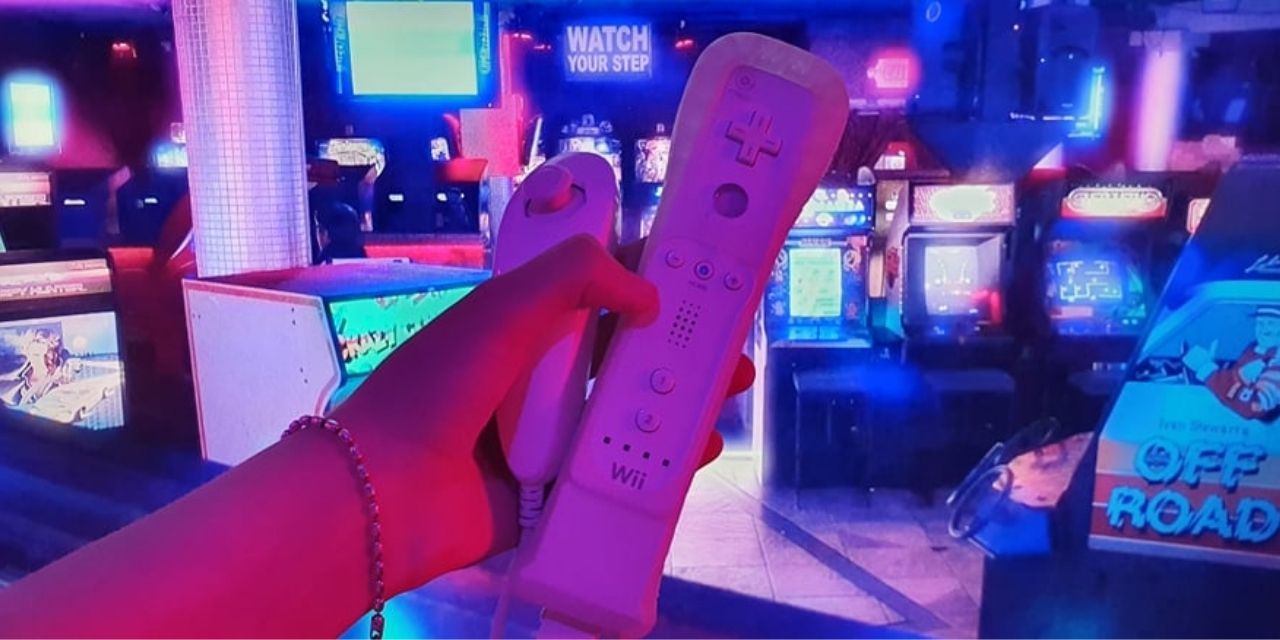
The Wii controller was a game-changer. The best thing about it was how accessible and easy to understand it was. It appealed to a wide audience - nearly everyone could pick it up at a moment’s notice and enjoy video games. When paired with the Nunchuk - an accessory with a built-in motion sensor, analog stick, and two trigger buttons - it transported players into the game as no motion controller has managed since.
4 Xbox Series S | X
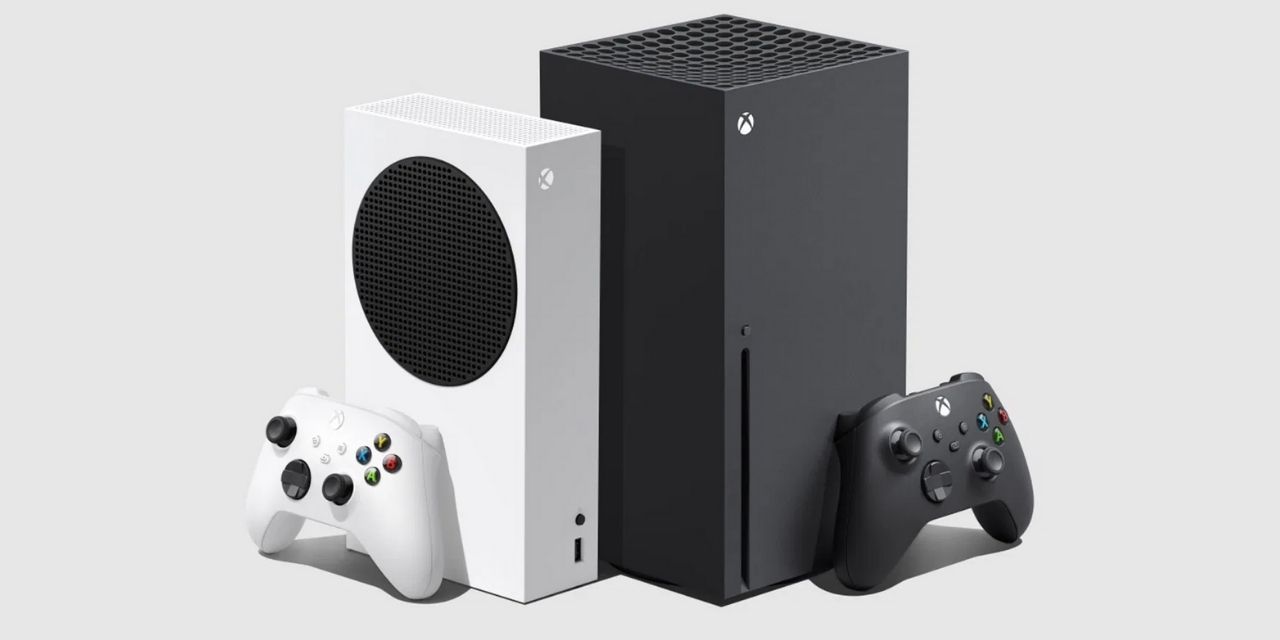
The brand new Xbox controller is a high-quality piece of kit that doesn’t break the status quo, but rather refines what Xbox fans have come to expect over the years. There’s better tactile feedback for players with smaller hands and the triggers have nice tactile dots to help with grip.
Perhaps the biggest change is that the D-pad has a dish shape designed for responsive play. Great for responsive controls, bad for platformers, and fighting game experts.
3 Xbox One Wireless
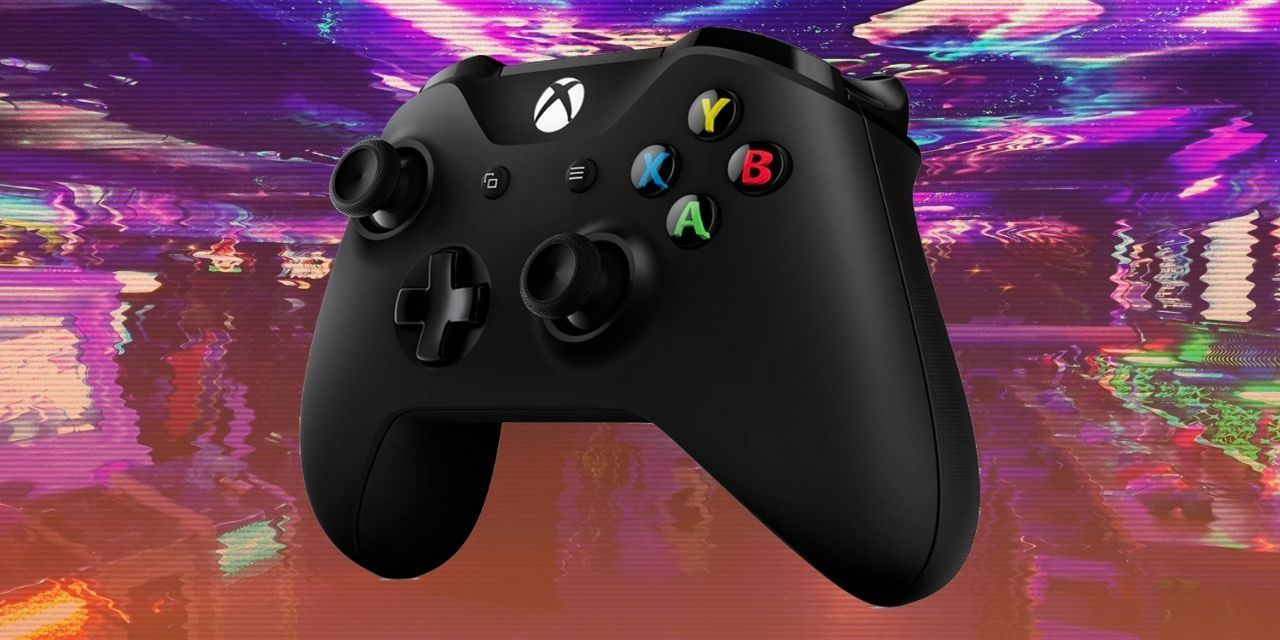
Considering that this controller is compatible with the Xbox One and Xbox Series X/S, some people think it’s better value for money than the upgraded version. It also has full compatibility with Bluetooth and PCs. The ease of setting it up and the simple, solid design means it is the go-to controller for a lot of PC gamers.
2 DualSense
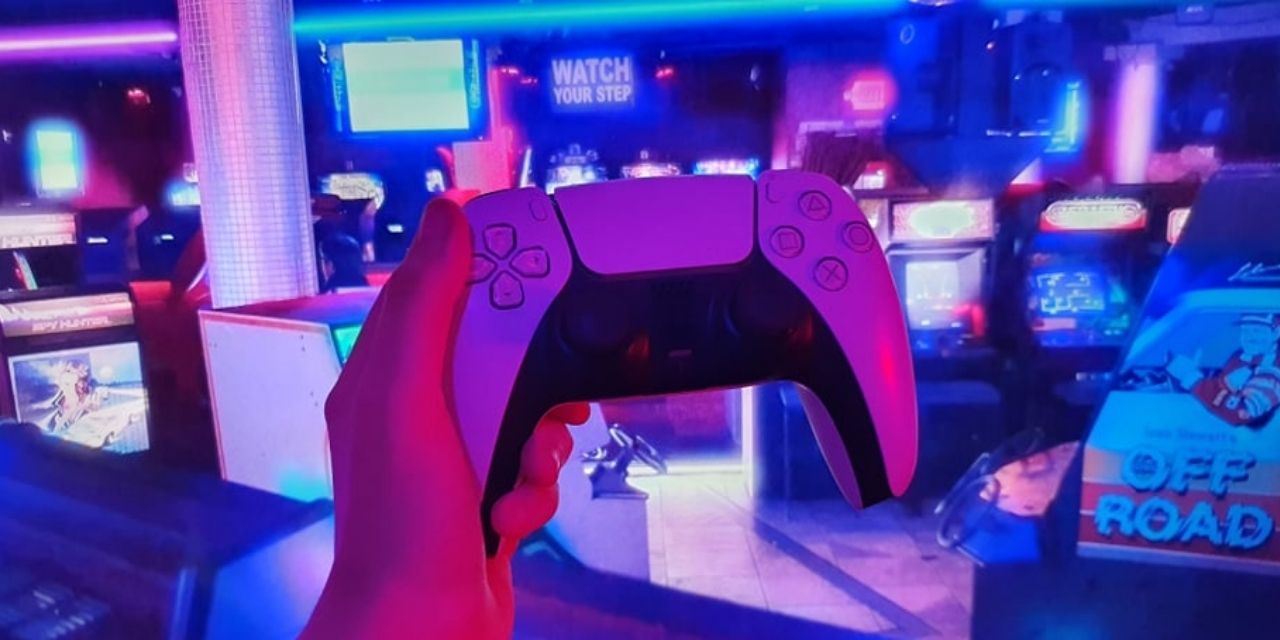
The DualSense is a magnificent piece of technology. The standard PS5 controller has amazing haptic feedback, which improves in-game feedback. The analog triggers have gradual force feedback mechanisms and truly feels like the players are in the shoes of the character. Sony gives the example of feeling the tension of a bowstring as players pull the trigger. As cliche as it sounds, it's true.
1 Nintendo 64 Controller
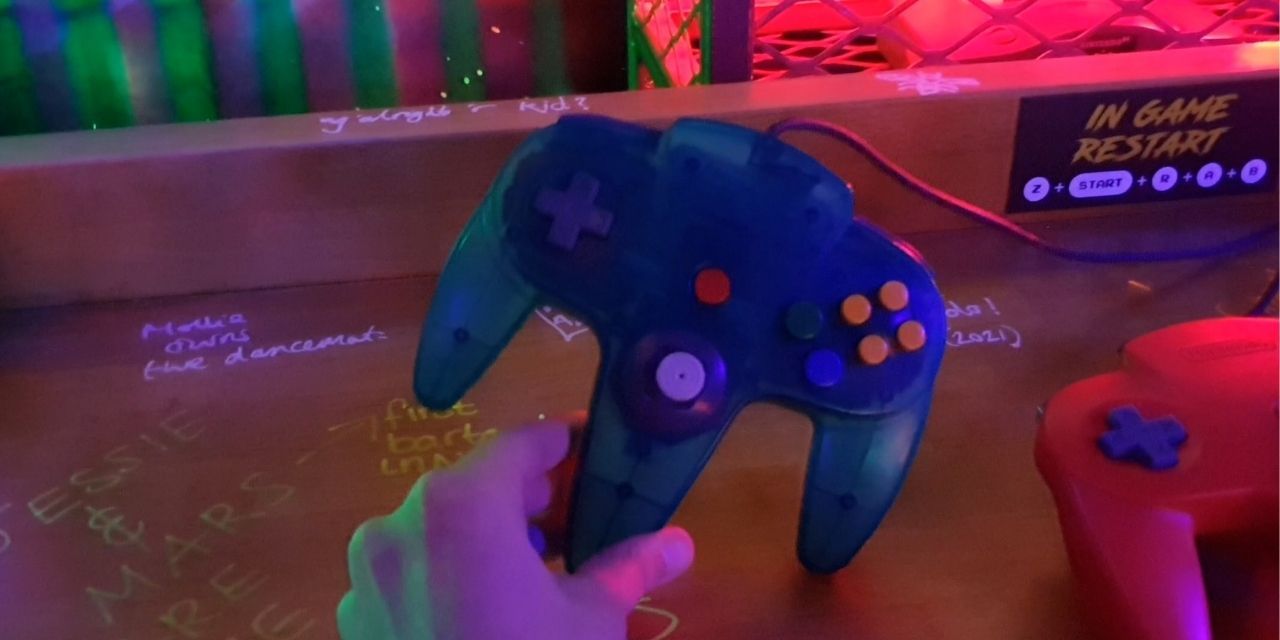
This ‘M’ shaped bit of kit is one of the most controversial things in gaming history. It has awkward control sticks, excessive buttons, and a clunky directional pad. Players have leveled fair criticism against it for the fact it is near-impossible to access all the buttons if they kept their hands in a single position. Furthermore, the top ‘C buttons’ were meant to control the camera in 3D environments. However, these buttons were often assigned to other functions.
However, the versatility of the design is also its biggest strength. It defined the industry, for better or for worse. It's true, the N64 controller is widely considered a flop. However, this chaotic design summarises the best thing about gaming: the fearlessness to break boundaries.

